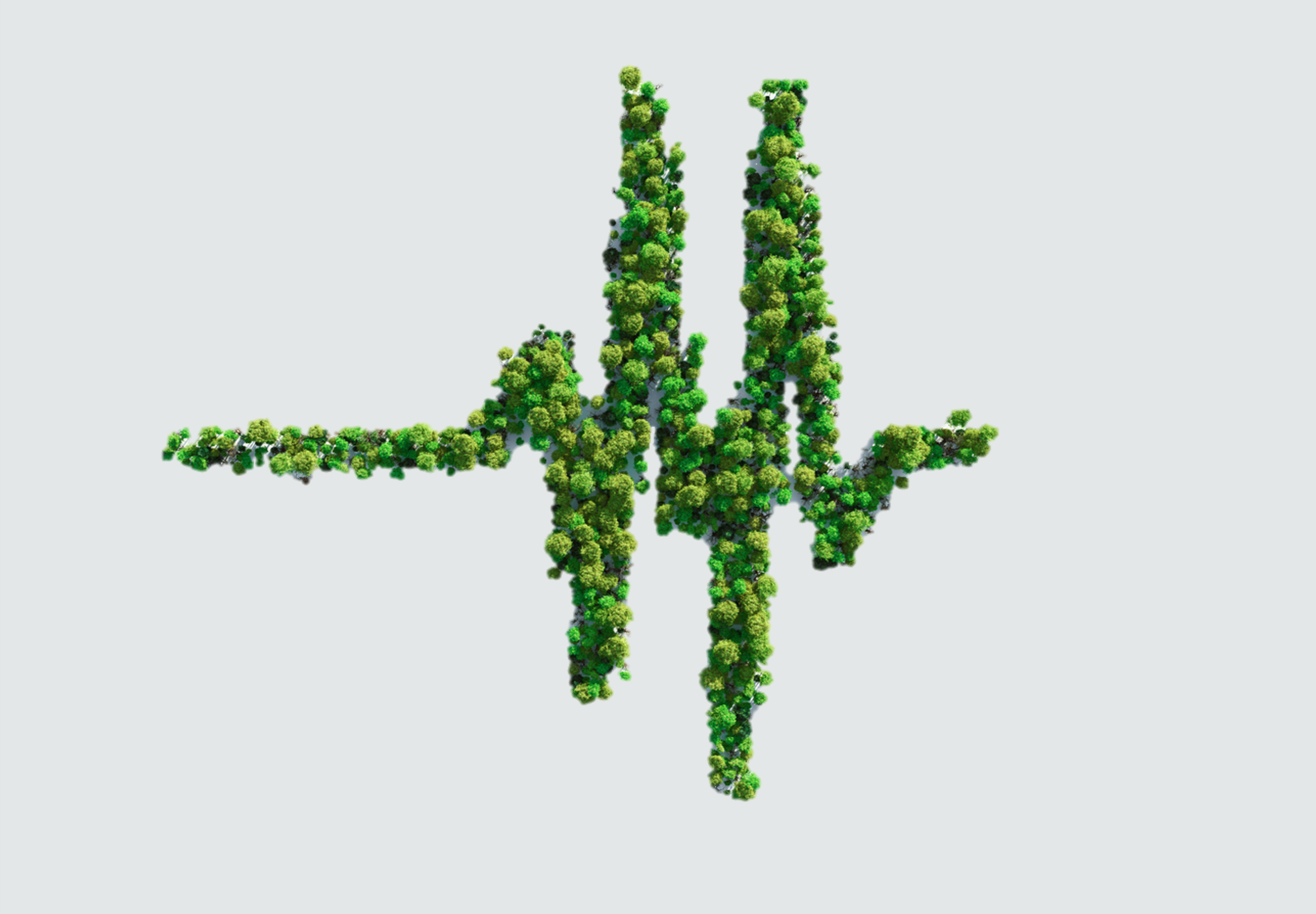The “You” in Sustainability
Over the last couple decades, the world has been gradually confronted with the stark reality that many of our habits are wreaking havoc on the natural environment.
We saw the haze of air pollution, and waves of oceans filled with plastics. Now that the bleak outlook of unmanaged consumption has started to sink in, it’s time to get creative. It’s time for all manufacturing sectors to rethink and retool what we make, how we make it, and how to do it more sustainably.
As the concept of ecological stewardship came to the forefront, consumer packaging jumped at the challenge to find ways to quickly enact what we’ve been traditionally taught about sustainability - reduce, reuse, recycle. While the medical packaging industry was all-in, the highly regulated industry would have its fair share of challenges to overcome. Packaging compliance for sterile medical and pharmaceutical products is already a complex science, finding ways to incorporate sustainable approaches in healthcare while also balancing cost, will be a science all its own.

It was important to first understand what “sustainability” really meant to our industry and then start grassroots efforts to collaborate across the industry. As a part of the process, we couldn’t ignore what was happening in consumer packaged goods. Even if the medical packaging industry can’t practically apply the “wow” or “fun” factors to the critical work we do, we can find inspiration there, and we did.
Here are our three favorite consumer packaging trends that could find their way into healthcare:
-
Smart Packaging Technology
The acceptance of QR codes on packaging is powerful. It gives the opportunity to deliver an abundance of information in a convenient manner—whether the QR code is on a box of cereal, or a medical packaging design. QR codes also offer contact-free information access instantly and can be revisited at any time, which is great for both consumers and patients.
QR codes could also mean no more IFUs getting tossed or lost. And they can reduce costs by offering multi-language versions for your markets and eliminating printed materials. We can also envision QR codes on kits used in the surgical suite, streaming directly to a monitor, allowing everyone in the room to confirm critical details at any point during a procedure. QR code technology has been successful for consumer brands on grocery shelves everywhere. Can it do the same for your medical device? We think so.
When packaging consumer products, there are a variety of recyclable and reusable material options. From paper to plastic, consumers have options. But more importantly, consumers want to know they are buying something that has been put through a sustainability lens. It’s less about the type of material, and more about companies making a conscious effort to better our planet.
In the medical packaging industry, material selection is a constant topic of discussion. We have options but are often limited because of sterilization requirements or other product needs. Tyvek® and other HDPE products are 100% recyclable, making it an enduring go-to. But what other options do we have? Maybe it’s not as much about the type of material used to package, and more about the amount. When you look at the amount of material that is used, or the size of the package, consider if there is a better design option to reduce the overall packaging footprint. Think about your packout configuration and if there is another way to save space and limit the number of shipping cartons or pallets used. Often, hospitals are looking for just these types of sustainable efforts.
-
Minimalistic Designs
Minimalism has been a trending lifestyle over the last few years and is now showing up in consumer packaging. Consumers are looking for fresh and clean designs that showcase the product itself. These designs pair well with the sustainability trend as minimalistic designs often create less waste.
With many industries concerned with downstream recycling efforts, medical packaging has an opportunity to lead the conversation by focusing on upstream recycling or reducing wastes before they enter the system. And lower-cost, minimalistic designs might just be the ticket. While clean packaging is nothing new in the medical industry, coming up with fresh designs might be more of a challenge—similar to looking for ways to reduce packaging materials. As an industry, we will need to identify unique design alternatives. For example, using a Dispenser Integrated System Kit (DISK) for catheter and guidewires instead of a traditional PETG tray. But if it’s being done in consumer goods, we can do it too.
There were many more trends in our visit to the consumer goods packaging world that we could see infiltrating the medical packaging industry. Ultimately, like most things, it will come down to the end user needs. Therefore, sustainability efforts in our industry will likely be determined by the sustainability habits of the decision maker, so it only seems right to start with you, the consumer.



